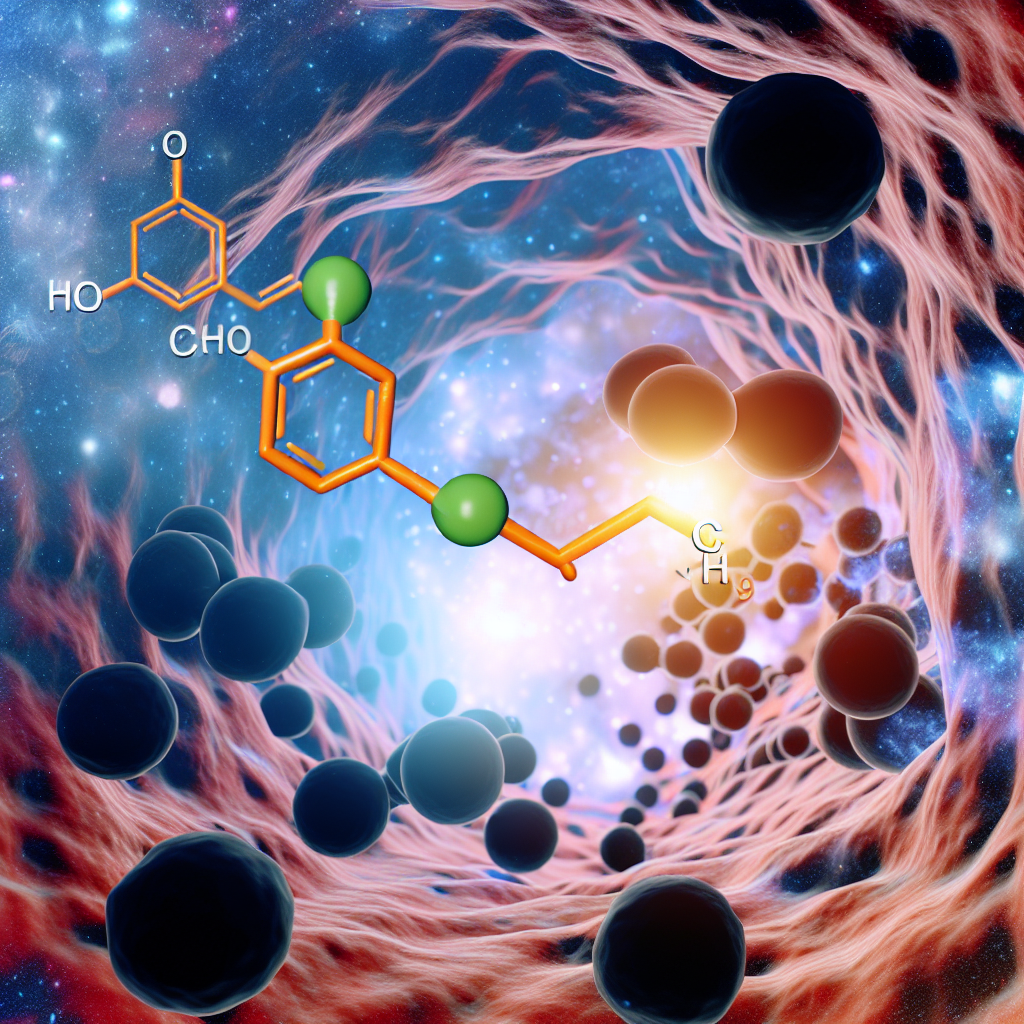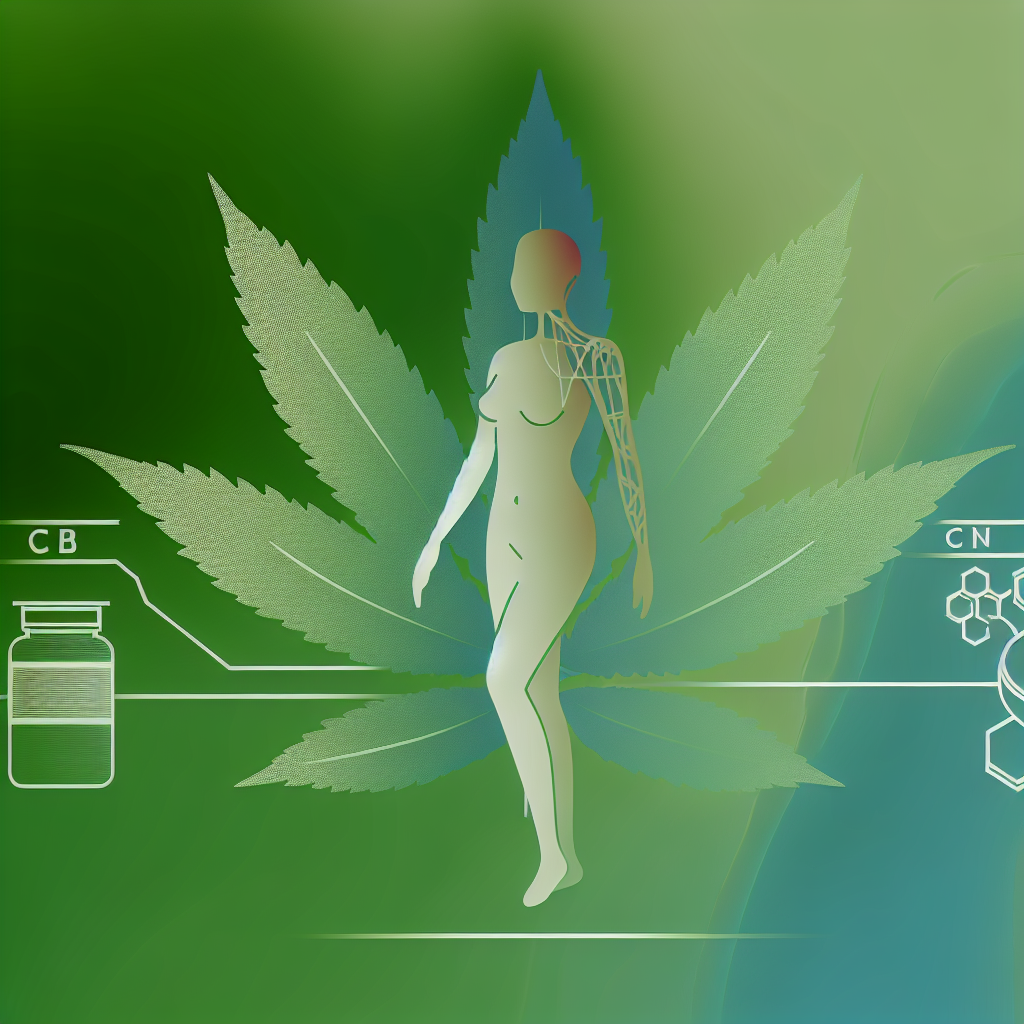The Biochemistry of Cannabis Anthocyanins – Expression, Stability, and Bioactivity
Introduction
Purple cannabis is more than just eye-candy. The rich violet, red, and blue hues seen in certain cannabis strains are attributed to a group of plant pigments known as anthocyanins. Beyond aesthetics, these compounds belong to the flavonoid class of polyphenols and offer an array of potential therapeutic benefits, ranging from anti-inflammatory and antioxidant effects to neuroprotective and cardiovascular support. As cannabis science evolves, understanding the biochemistry of anthocyanins — how they are expressed, their stability, and their unique bioactivity — is becoming increasingly valuable for both health-conscious consumers and professionals in cannabis breeding, cultivation, and product formulation.
Anthocyanins are water-soluble pigments found abundantly in fruits and vegetables such as blueberries, red grapes, and purple cabbage. In cannabis, these pigments appear when specific environmental and genetic factors trigger their biosynthesis. The expression of anthocyanins in cannabis is largely influenced by genetic predisposition, temperature shifts, light exposure, and pH levels during growth. Normally concentrated in the leaves, stems, and buds, anthocyanins are synthesized through the flavonoid biosynthetic pathway, a complex cascade of reactions that shares intermediates with other critical cannabis compounds such as flavones and chalcones.
Interest in these pigments is rapidly expanding within the cannabis industry due to their dual value: visual appeal and potential health benefits. With consumer demand leaning toward health-conscious cannabis products and cultivars with novel attributes, anthocyanin-rich cannabis strains are drawing attention not just from recreational users, but also from medical patients and professionals designing targeted cannabis therapies. Researchers are actively studying how anthocyanins function in cannabis pharmacokinetics to determine how these pigments interact with the human body, particularly within the entourage effect model, which emphasizes holistic cannabis synergy.
As market sophistication grows, cultivators are experimenting with controlled environmental strategies and breeding programs to maximize anthocyanin production. Meanwhile, manufacturers are exploring stabilization techniques to preserve anthocyanin content in cannabis extracts and products such as tinctures, edibles, and infused beverages. This article explores the current understanding of anthocyanins in cannabis, diving into the biochemistry behind their formation, how they can be stabilized for commercial utility, and their documented health-enhancing bioactivity.
Scientific Studies on Anthocyanins in Cannabis
The expression of anthocyanins in cannabis is tightly linked with both genetic and environmental influences. A study published in Frontiers in Plant Science (2020) delves into the flavonoid biosynthetic pathway and its role in cannabis pigmentation. The research identifies key enzymes such as chalcone synthase (CHS) and anthocyanidin synthase (ANS), which catalyze the conversion of precursor molecules into pigmented end products like cyanidin and delphinidin. These compounds dictate the vivid hues observed in strains such as Granddaddy Purple and Purple Kush. Additionally, these enzymes may share biochemical links with terpene and cannabinoid production, suggesting possible overlap in biosynthetic control mechanisms.
A foundational study by Small and Beckstead, documented by the U.S. Department of Agriculture (1973), identified purple coloration as a heritable trait in Cannabis sativa, directly related to genotypic variations that influence anthocyanin biosynthesis. These early findings established the base understanding for today’s breeders who aim to preserve or enhance anthocyanin expression through strategic crossbreeding and genotypic selection.
Environmental modulation also plays a crucial role in anthocyanin production. A review in the Journal of Experimental Botany (2014) supports that cooler nighttime temperatures significantly enhance anthocyanin synthesis in plant tissue by upregulating related enzyme activity. Accordingly, cannabis cultivators often lower grow-room temperatures during the final flowering weeks to enhance pigmentation. However, this must be done cautiously, as extreme cold can negatively impact the synthesis of other vital compounds like cannabinoids and terpenes.
Beyond cultivation, the real challenge lies in maintaining anthocyanin stability in commercial products. Research featured in Food Chemistry (2011) notes these compounds are highly sensitive to heat, light, and pH shifts, leading to degradation and color loss. To address this, companies are adopting innovative preservation methods such as microencapsulation, pH-buffered emulsions, and low-heat extraction techniques. These strategies help retain both color and bioactivity, making anthocyanins viable for health-centric cannabis products.
When it comes to pharmacology, anthocyanins exhibit a wide range of medicinal properties. A study in BioMed Research International (2016) highlights their ability to modulate oxidative stress, reduce systemic inflammation, and protect neurological function in models of Alzheimer’s and Parkinson’s disease. These findings are not cannabis-specific but suggest a meaningful area of research into the health outcomes of cannabis-derived anthocyanins, especially in full-spectrum preparations.
The concept of the entourage effect, originally developed by Dr. Ethan Russo and explored in the British Journal of Pharmacology (2011), emphasizes the synergistic action of cannabinoids, terpenes, and flavonoids. Anthocyanins could play an important role within this model by modulating absorption, prolonging therapeutic effects, or interacting with endocannabinoid pathways. Furthermore, researchers are refining green extraction techniques to retain anthocyanins in cannabis extracts alongside other bioactive molecules, potentially enhancing both efficacy and shelf stability.
Conclusion
The biochemistry of cannabis anthocyanins is an emerging and promising field with enormous potential for cultivation, consumer wellness, and therapeutic innovation. These pigments do more than tint the plant—they reflect a deep biochemical connection to the overall health-promoting matrix of cannabis. With ongoing research, improved agricultural practices, and advances in stability and formulation, anthocyanins are set to become a cornerstone in the next generation of specialized cannabis products. From deep purple flowers to bioactive edibles, anthocyanins offer both beauty and benefit, symbolizing a fusion of aesthetics and science in modern cannabis culture.
Concise Summary
Anthocyanins in cannabis are pigment compounds responsible for purple coloration in strains like Granddaddy Purple. More than appearances, they offer antioxidant, anti-inflammatory, and neuroprotective benefits. Their biosynthesis is regulated by genetics and environment, particularly cooler temperatures and light. Maintaining anthocyanin stability is crucial in product development due to their sensitivity to heat and pH. Emerging green extraction methods help preserve these compounds in modern formulations. Anthocyanins may enhance the entourage effect, working synergistically with cannabinoids and terpenes. As scientific understanding grows, anthocyanins stand to become key components in therapeutic and commercial cannabis products.
References
– Flavonoid Biosynthesis in Cannabis sativa – Frontiers in Plant Science (2020)
– Small, E., & Beckstead, H.D. (1973) – USDA
– Influence of Environmental Factors on Anthocyanin Biosynthesis – Journal of Experimental Botany (2014)
– Stability of Anthocyanins in Food Systems – Food Chemistry (2011)
– Anti-inflammatory and Neuroprotective Properties of Anthocyanins – BioMed Research International (2016)
– Taming THC: Potential Effects of Cannabinoid Synergy – British Journal of Pharmacology (2011)




